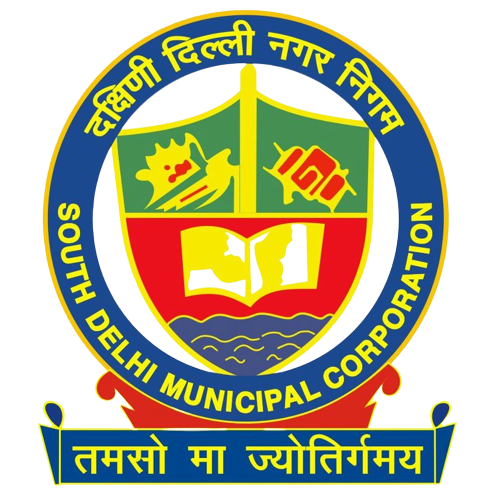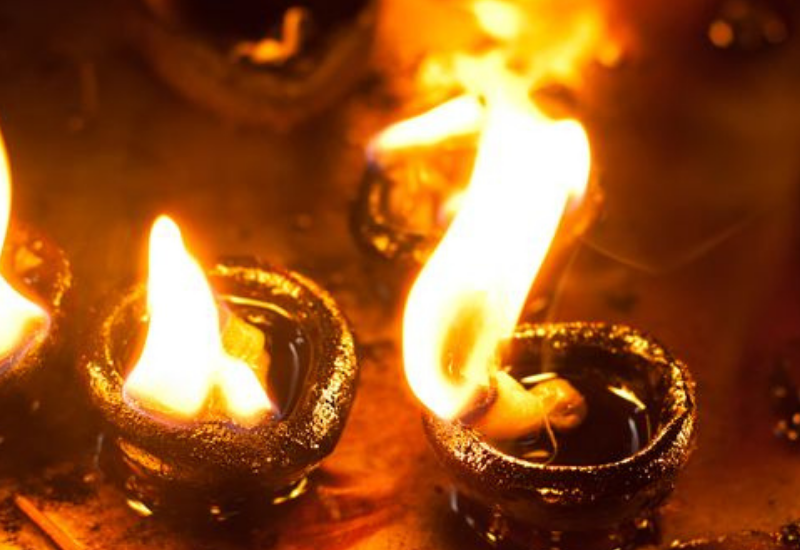There are numerous sects, subsects, and regional variations within Hinduism, and each of them has its own set of beliefs.
In general, Hindus believe that life and death are both components of the samsara, or rebirth, idea. For many Hindus, the ultimate objective is to be free of desire, thus escaping samsara and achieving moksha, the transcendent state of deliverance. The soul will be absorbed into Brahman, the divine energy and ultimate reality after moksha is accomplished. Here are the last rites after death that every Hindu must follow:
When Death Is On The Way
- When a Hindu is on the verge of passing away, a pandit should be contacted and they should come to be with the dying person.
- Those in attendance should repeat mantras or listen to them being chanted on tape. When death appears imminent, the body should be moved on a grass mat on the floor at all places.
- If this is not practicable before death, these activities should be carried out as soon as possible after death.
After the Person Has Passed Away
- Those present will avoid needless touching of the body as soon as the death happens, as it is considered impure.
When Should A Hindu Funeral Be Held?
- The funeral preparation should begin right away and it should take place as quickly as possible. A
- pandit should be consulted, as they can assist the family in making decisions and directing them to a Hindu-friendly funeral home.
Body Preparation
The body is traditionally cleansed by family members and close friends. Many Hindu funeral establishments understand how important it is for the family to bathe the body and would allow them to do so. If this is not possible, the body can be washed and dressed at the funeral home. Here are other things that must be kept in mind while preparing the body for cremation:
- The deceased’s head should be facing south during the ritual washing.
- The deceased’s head should be kept on a lit oil lamp as well as a portrait of the deceased’s favourite deity.
- The body should traditionally be cleansed in a mixture of milk, yoghurt, ghee (clarified butter), and honey for the “abhishegam” (holy bath).
- Purified water can also be used to wash the body. Those bathing the body should repeat mantras while doing so. This is one of the most important parts of the last rites after death in Hinduism.
- The big toes should be knotted together, the hands should be placed palm-to-palm in a stance of prayer, and the body should be covered in a plain white sheet once the body has been adequately washed.
- The individual who died should be dressed in crimson if she was a married woman who died before her spouse.
Viewing, Wake, and Visitation
Before cremation, Hindus usually have a brief wake, The remains should be placed in a basic, low-cost casket for display.
- A man’s forehead should be treated with “vibhuti” (ash) or “chandanam” (sandalwood), whereas a woman’s should be treated with turmeric.
- A flower garland should be worn around the neck, and holy basil should be strewn throughout the casket.
- Family and friends gather around the casket during the wake and may chant humans or mantras.
Many Hindu lay “pinda” (rice balls) near the casket towards the end of the wake before the body is removed for cremation. The casket is removed feet-first from the wake and carried to the cremation site.
Cremation
- Traditionally, a casket is carried on a stretcher and walked to the cremation location.
- If the casket is transported in a vehicle, such as a hearse, the eldest male relative (known as “karta”) and another make family member should accompany it.
- Hindu cremation generally takes place on the banks of the Ganges River in India. The family constructs a pyre and lays the body on it.
- The karta will walk counterclockwise around the body three times, sprinkling holy water on the pyre. The karta will then light the pyre, and those present will remain until the body is completely consumed by fire.
There are companies that will arrange for the body’s shipment to India and a conventional cremation with a karta for Hindus living outside of India.
Reception Following the Funeral.
Everyone in the family will shower and change into new clothing when they get home. After that, the entire family would meet for supper. A pandit may come to the family’s home and burn incense to purify the space.
Hindu Mourning Period
The karta will return to the crematory the day following the cremation to collect the ashes. The ashes are traditionally immersed in Ganges River, but other rivers are increasingly being accepted as acceptable substitutes. There are companies that will arrange for the cremated remains to be shipped to India and submerged in the Ganges for Hindus living outside of India.
The start of the grieving phase, which lasts 13 days, begins with the cremation of the deceased. The deceased’s relatives will stay at home and receive guests during this period, though grieving customs may vary depending on the community. A photograph of the deceased may be prominently displayed, with a garland of flowers draped around it. During the grieving time, the “preta-karma” rite will be conducted, which aids the deceased’s disembodied spirit in obtaining a new body for reincarnation.
The family will hold a memorial celebration called “shraddha” one year after the death to honour the departed. The karta will invite Brahmins, the highest caste, to his home and prepare an extravagant supper for them, treating them as if they were his own parents.
Visit Also:-Sarai kale khan crematorium



